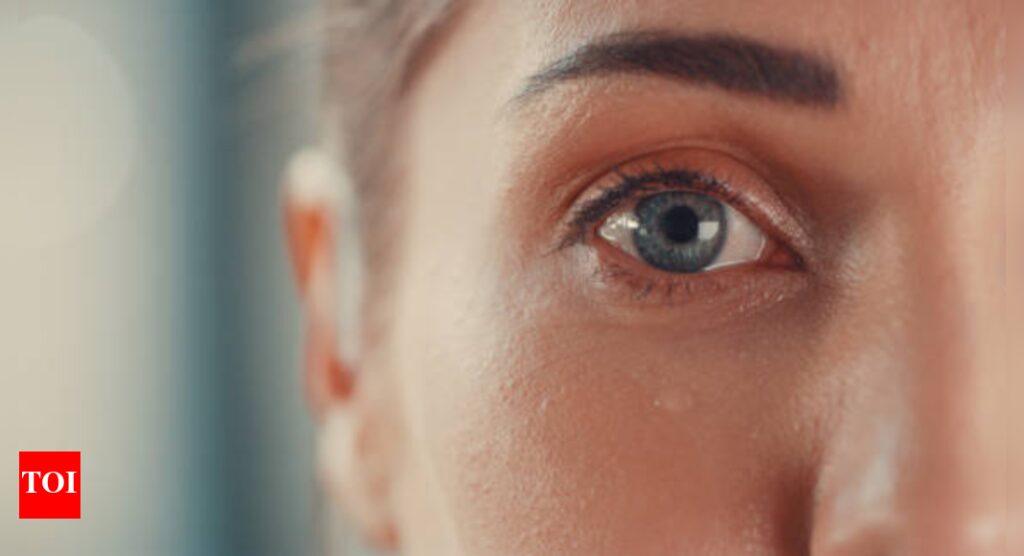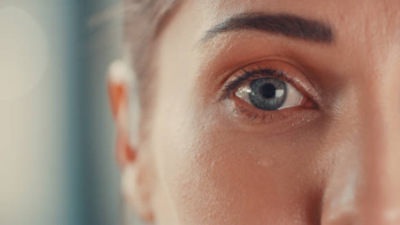AI predicts vision loss years before symptoms appear in keratoconus patients |

A new breakthrough in eye care is making news: researchers have developed an artificial intelligence (AI) tool that can predict whether people with keratoconus—a disorder where the eye’s cornea bulges and vision gets worse—will eventually go blind years before doctors could previously tell.Keratoconus mostly hits teenagers and young adults, causing the eye’s front “window” (the cornea) to slowly stretch and bulge. For some, this just means fuzzy vision and maybe the need for special contacts, but for others, it gets a lot worse—leading to severe vision loss and, eventually, the need for a cornea transplant. Usually, eye doctors keep a close watch on these patients for years, only acting once the disease clearly starts to get worse. But up until now, there’s been no reliable way to figure out early on which patients are genuinely at risk and need fast treatment, and who is unlikely to progress and could skip all that stressful monitoring.The findings of the study was presented at the 43rd Congress of the European Society of Cataract and Refractive Surgeons (ESCRS) according to Science Daily.A top team out of Moorfields Eye Hospital and University College London used AI to study a trove of more than 36,000 images captured by high-tech eye scanners (OCT, or optical coherence tomography) from nearly 7,000 patients. These scans map the cornea’s shape in great detail. The AI also looked at other patient info—age, scan history, health data—to spot patterns missed by humans.And the results? Pretty amazing. The AI could sort patients on their very first visit into two main groups: about two-thirds had stable disease and just needed routine checkups; the other third were at high risk for quick vision loss and therefore needed fast treatment. When a second hospital visit’s info was added, the AI sorted up to 90% of cases correctly, much faster than doctors usually can.
What’s the treatment?
If you catch keratoconus before there’s scarring, a special treatment called “cross-linking” can stop disease progression in over 95% of patients. This uses riboflavin (vitamin B2) eye drops and ultraviolet light to stiffen the cornea—saving sight and preventing transplants, with way fewer risks and hassles. But catching those who really need this early has always been the problem—until now.
What makes this so important?
The new AI tool could mean:High-risk patients get treated early, stopping vision loss before it starts.Stable, low-risk patients aren’t forced into years of needless doctor visits.Doctors and clinics save time and resources, helping more people overall by focusing care where it’s truly needed.This AI tool is currently limited to one specific eye scanner, but the technology and method could work across other brands and hospitals. The plan is to test it even further for safety before doctors start using it everywhere. Researchers are now working on supercharged AI models using millions of eye scans, aiming not only to track keratoconus but to spot eye infections and genetic eye diseases even earlier. If it works as hoped, it could mean fewer people go blind unnecessarily and less stress for thousands of young patients and their families.








